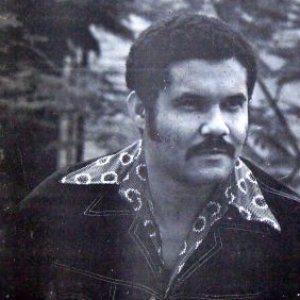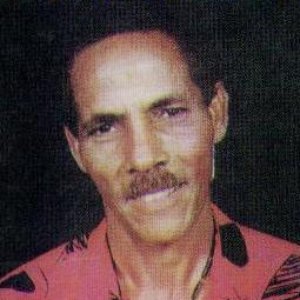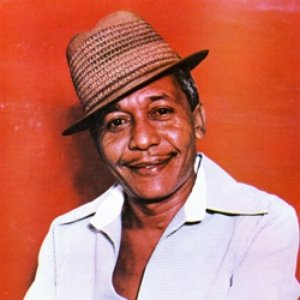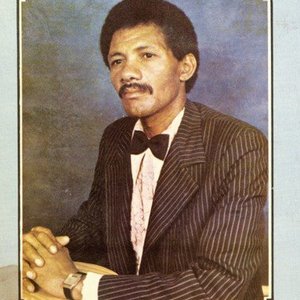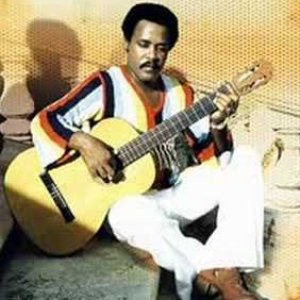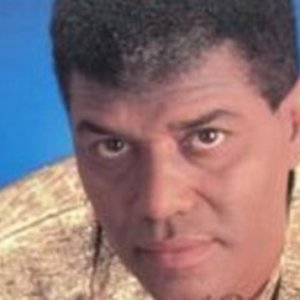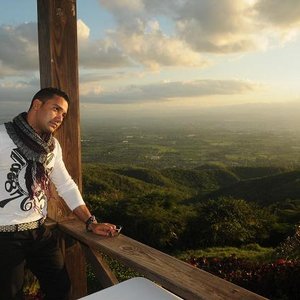Biography
Marino Perez
By David Wayne
http://www.iasorecords.com/index.cfm?subsecid=163
During the 1970s and 1980s, bachata was much maligned in Dominican society for its association with poverty, rural backwardness, delinquency, drunkenness and prostitution. Aware of the dim view taken of their music by mainstream society, some bachateros like Leonardo Paniagua and Luis Segura attempted to distance themselves from the genre by recording covers of foreign baladas and other more acceptable music. Other bachateros instead embraced the lifestyle of the urban bars and bordellas where bachata thrived and sang freely about drinking, fighting and life in the brothels. The singer who is best known for unabashedly trumpeting the lifestyle of the bachatero is Marino Perez. With candid feeling and dark humor, Perez sang the story of bars and barrios where jealous lovers quarrel, men and women betray one another, insults are traded, and the ubiquitous bottle of rum is always present. This was not a fictional life for Perez, but one he actually lived, and it was a world and a way of life which eventually killed him.
Marino Perez was born in Guayabo Dulce, a campo near the eastern city of San Pedro de Macoris. Even those closest to him hesitate to guess Marino’s age; while he was still uncommonly young-looking into his thirties, by the time he died in the mid-1990s alcoholism had transformed his features into those of a man old before his time. Marino emerged on the bachata scene in1969 when he went to the Dominican capital, Santo Domingo, at the suggestion of Manuel Menegildo of Marisol Records, and sought out the guitarist Edilio Paredes to record a single with him. Edilio, who at the time was flirting with becoming an evangelical Christian, wanted nothing to do with the shadowy world of bachata. Instead, Perez recorded the song with guitarist Augusto Santos, and the single, “El trago de olvidar”, became an instant classic and remains today one of Perez’ most popular songs.
Marino went on to produce hit single after hit single glorifying the life of the cabaretero. He was accompanied always in his songs and in his adventures by his segunda guitara, fellow hedonist and San Pedro native Chijo Osoria; their dialogues at the beginnings of Marino’s songs became a trademark of cabaret bachata.
Woman: “Perdoname, papi, por piedad…” (“Forgive me, baby, for pity’s sake…”)
Chijo: “Marino, pero perdona esa pobre mujer.” (“But Marino, forgive that poor woman.”)
Marino: “Ah, pero es que tu no sabes, lo que me hiso esa sinvergüenza…no, no y no, por mi que se muera.” (“Ah, but you don’t know what that shameless woman did to me…no, no and no…she can die as far as I’m concerned.”)
The stories that other bachateros tell about Perez could come right out of his songs. Once Julio Angel, the author of the hit “El Pajón”, visited Marino in San Pedro. In a night of merrymaking the two of them passed out, drinking in a brothel. When Julio Angel woke up he saw no sign of Perez, or of his own guitar, which they had been playing while they sang and drank. Julio Angel went to Perez’ house, where they hadn’t seen him since the night before; then he began to make the rounds of the bars and brothels which he knew Perez frequented. Everywhere they had seen Perez, and the guitar, but he had already left. Finally, Julio Angel arrived in a cabaret where he saw his guitar behind the bar. Perez was nowhere to be seen. He told the bartender that that was his guitar, and the bartender replied that Marino had used the guitar to pay a tab in order to continue drinking after his money had run out. Julio Angel recalls that it took Perez nearly three months to recover the guitar and take it to Julio in the capital. Another bachatero recalls himself and Perez being paid by Massimino Sanchez, a promoter, in copies of records. Perez’ songs, always hits, were much sought after, and they would exchange them with the owners of colmados (general stores) at the rate of two 45s for a bottle of rum.
The music of Marino Perez has all the characteristics that made bachata so immensely popular and at the same time so much maligned. On the one hand is the raw emotion of Marino’s voice, sometimes desolate and at others full of the jubilant energy of the singers of the Caribbean countryside. But being untrained and careless, Marino often sang out of tune, even on some of his most famous recordings, and this gave easy fodder to bachata’s critics. Yet the bold directness of Marino’s singing struck a uniquely resonant chord among bachata’s public, and his songs continue to be among the most loved and remembered of the classic bachata repertoire. While lead guitarists and arrangers like Edilio Paredes and Augusto Santos did some of their best work with Perez, it is also true that many of the critiques which were leveled at bachata during the 1970s and 1980s - regarding the poor quality of the sound, singing and musicianship, are true of much of Perez’ work. Perez was a prolific composer and was known to record as many as thirty songs in a single afternoon. This rate of production could naturally result in repetitious lyrics and melodies and poor recording quality. In spite of this, Perez was probably the best-selling bachatero of his era; almost every single he put out became a hit. Unlike many bachateros who sang covers, most of Marino’s songs were his own compositions, full of the pain, frustration, pride and humor of a life of unabated dissipation.
Perez continued to record and sell prodigious numbers of records during the 1980s, and his most popular songs were even recorded as merengues by artists like Wilfrido Vargas. By the time Marino died in the middle of the 1990s, time had passed him by and bachata had begun moving in a new direction with the prevalence of gentler lyrics and the introduction of innovations like the electric guitar. Many of bachata’s younger fans, even those who are familiar with older bachateros like Luis Segura or Leonardo Paniagua, wouldn’t recognize Perez’ name in spite of his once enormous popularity. But in a testament to the power of his art, while Marino’s name is fading, his work is remembered. Some of Marino’s songs became so pervasive in the Dominican Republic that even while their author’s name is forgotten, their lyrics are now common knowledge and part of the collective memory. It is hard to identify the influence that Marino may have had on later generations of bachateros, who have looked to artists like Segura, Eladio Romero Santos and Blas Durán for inspiration, but for the cabaret bachatero, Marino remains an icon; he lived the story of the music, both as author and as character, and died in much the same way, vomiting up his liver. Despite the passage of time, Marino’s songs, full of the loneliness of the Puerto Rican jíbaro singers who were his models; of the anguish of a life of decadence; and of the joy of a serenade on a starlit night beneath the palm trees, continue to endear him to bachata’s faithful.
Artist descriptions on Last.fm are editable by everyone. Feel free to contribute!
All user-contributed text on this page is available under the Creative Commons Attribution-ShareAlike License; additional terms may apply.

